The Meta Quest 3S just landed an unexpectedly generous price cut during Amazon's October Prime Day, a rare moment when Meta's budget-friendly VR headset becomes even more accessible. This is not just another routine tech discount. It signals Meta's push to dominate the holiday VR market while competitors stick with premium pricing. Smart timing too, right as wish lists go up and VR crosses a real adoption threshold.
Meta's most affordable current-generation headset typically retails for $299, but Prime Day slashed that to $249, a 17% cut that puts VR in the same conversation as mainstream consoles. The extras sweeten it further. In some listings, the 128GB model comes with an exclusive Gorilla Tag Cardboard Hero Bundle worth $45, and both storage tiers include Batman: Arkham Shadow and three months of Meta Horizon+ subscription. Want more room for games? The 256GB variant dipped to $330 with an 18% discount.
Why this discount actually matters in the VR landscape
The Quest 3S sits in a sweet spot in Meta's lineup, the company’s most affordable VR headset that still brings serious muscle. It runs the same Snapdragon XR2 Gen 2 chipset and gaming performance as the pricier Quest 3, so you are getting near flagship-level processing for far less.
Where are the trade-offs? Look at the display stack. The device uses the same lenses and displays as the older Quest 2, so visuals are not as crisp as the Quest 3 with its advanced pancake lenses. That compromise, though, helped Meta deliver mixed reality in a mainstream headset for far less cash.
Big markdowns do not pop up often here. The Quest 3S is one of the most accessible and versatile VR headsets on the market, and deals had been infrequent prior to this drop. The last comparable deal arrived around Black Friday, so this Prime Day drop stands out for anyone watching their budget.
All of it points to a bigger strategy: cut margins on hardware to grow the ecosystem. Put premium compute in more hands, then make money on software and platform fees once the audience is there.
What you're actually getting for $249
The hardware punches above its weight. You get twice the graphics performance of the Quest 2 while sticking close to the $299 launch price that made the Quest 2 a hit. It feels like a portable gaming console you can use anywhere, no external sensors, no tether.
The headline is performance. The 3S carries the Snapdragon XR2 Gen 2 processor and 8GB of RAM, the same core as the Quest 3. In practice, games and apps run with the same speed and responsiveness. The visual gap comes from the display choices, not the chip.
Mixed reality is the differentiator. You can drop digital objects into your room or lean fully into VR, shifting modes as you go. Thanks to better color passthrough, you get higher resolution mixed reality than earlier models, handy for things like a virtual desktop while staying aware of your space.
Storage matters on a standalone headset. The 128GB model suits casual libraries, and the 256GB model targets enthusiasts who collect bigger games. There is no expandable storage, so choose once and live with it. If you plan to download a lot, I would recommend 256GB.
Battery life is a pleasant surprise. The Quest 3S gets about 2.5 hours in tests versus the Quest 3's 2.2 hours, a win that comes from the older display tech using less power.
The broader implications for VR adoption
This pricing sets a tone. There’s no video game console that will be more affordable than the Quest 3S this year, which makes VR feel like a real alternative to living-room boxes. The contrast is even sharper next to headsets like Apple Vision Pro at $3,499.
The discount hits right as holiday shopping kicks in, opening doors for households that had written VR off as too pricey. Meta’s target is to attract more active users to attract more developers, a loop that feeds on itself once it starts.
At $249, the 3S is not only competing with other headsets, it is poking at PlayStation 5 and Xbox Series X in the $400 to $500 range. Different category, same wallet. Plus, VR brings fitness, social hangouts, and productivity apps that consoles simply do not offer.
Context inside Meta’s lineup matters too. The Quest 3 is still the most advanced headset. The 3S is the on-ramp that keeps core features intact. Most new users will not care about the upgraded lenses, though Quest 2 owners may find the 3S a worthy refresh.
Big picture, Meta is running a loss-leader play. More headsets sold means more players for developers, more content for creators, and, over time, better experiences for everyone who puts a headset on.
Looking ahead: what this means for your VR journey
More than a cheap gadget, the Quest 3S is a practical way for mainstream shoppers to jump into VR. It is one of the best headsets you can buy right now, with PCMag naming it Editor's Choice for low-cost VR. If a friend asked where to start, this is the one I would point to.
You get instant value from a library of VR content, spanning games, education, fitness, and social apps. The bundled Batman: Arkham Shadow adds a $50 punch, and Horizon+ helps you discover what to try next without overthinking it.
Pro tip: Go in with clear expectations on software. The 3S runs Horizon OS, and it shares the same rough edges. The interface can feel clunky, and hand tracking can still miss the mark. That said, Meta is adding features like a web browser, virtual desktop, and media player at a fast clip, so the experience keeps improving.
If you are buying your first headset or moving on from older gear, this Prime Day price is an easy yes for modern VR. The 3S delivers the best value in VR today for price and capability, a smart pick for the VR curious who do not want to pay premium-tier money.
Put it all together, and the mix of accessible pricing, stout hardware, and a growing software library feels like a tipping point. At $249, the Quest 3S turns VR from a luxury for enthusiasts into a realistic option for most households. Not just a way in, a front-row seat to an entertainment shift at its most approachable price yet.




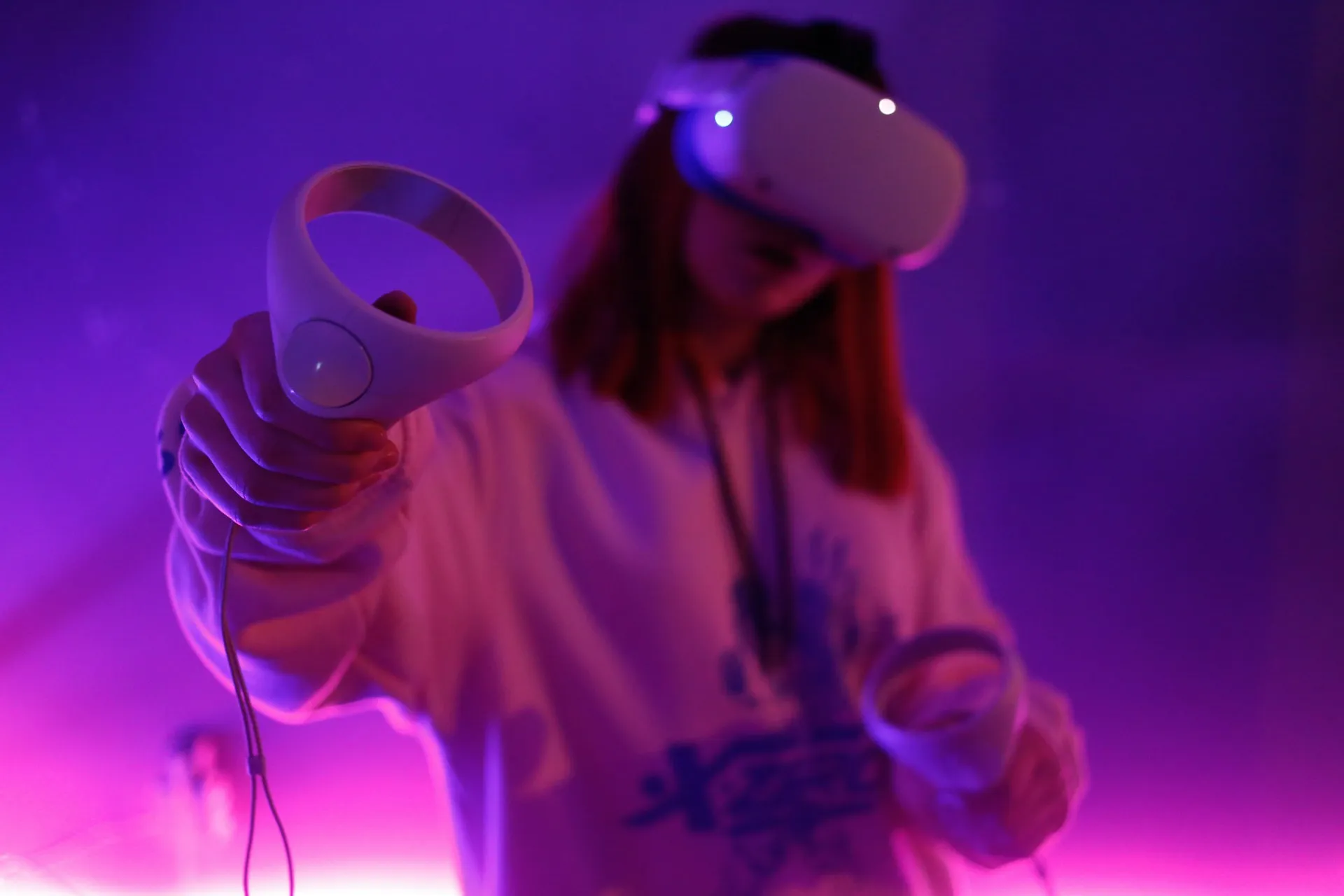
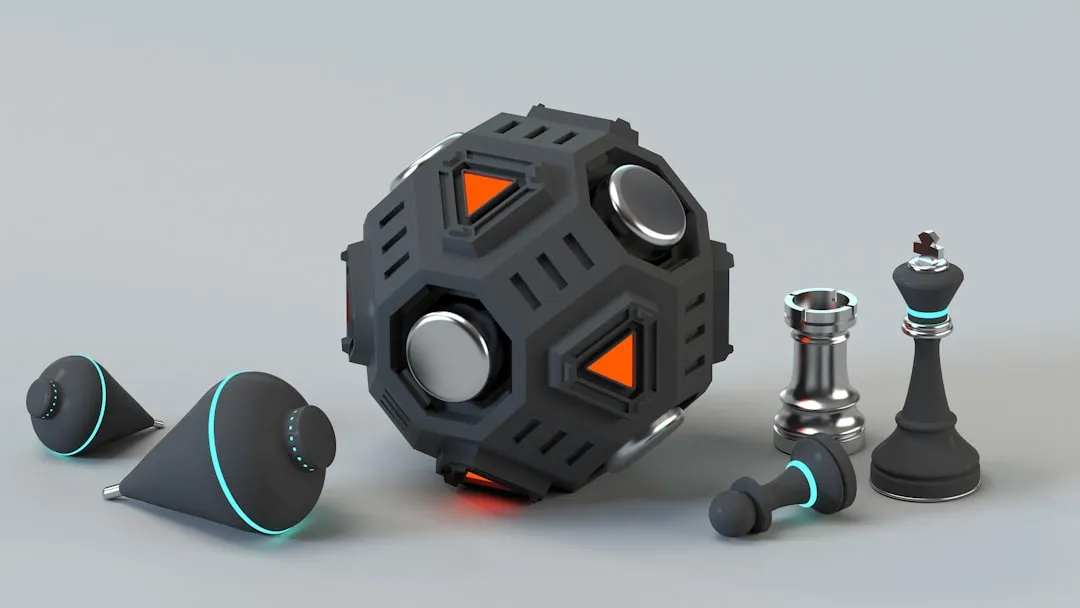
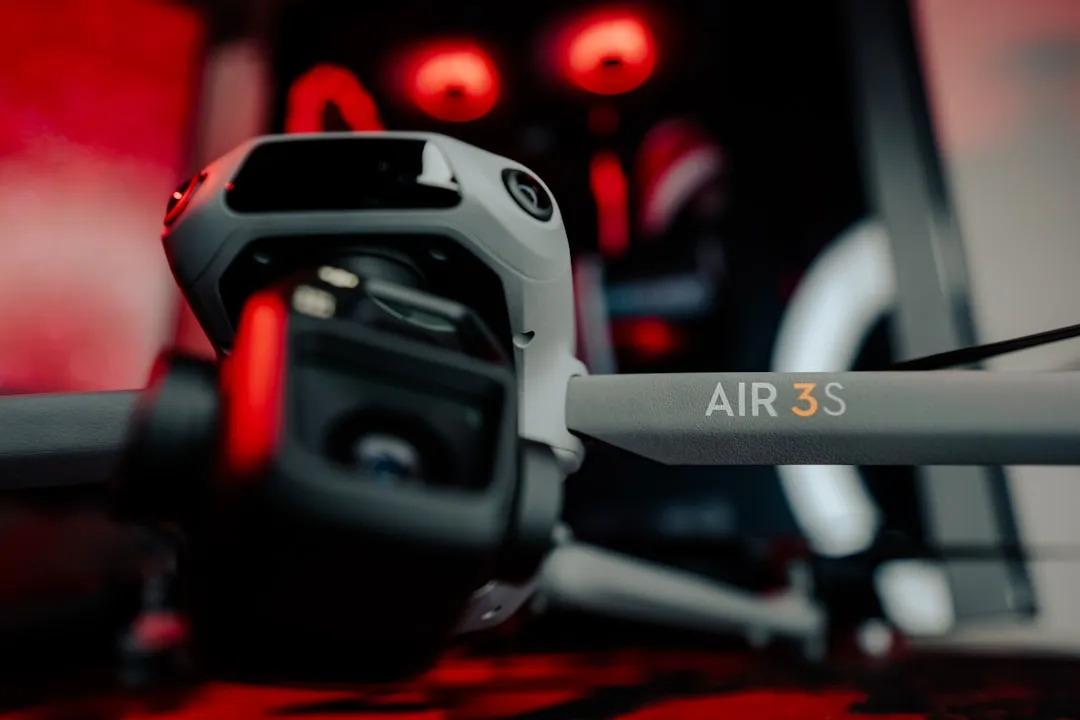

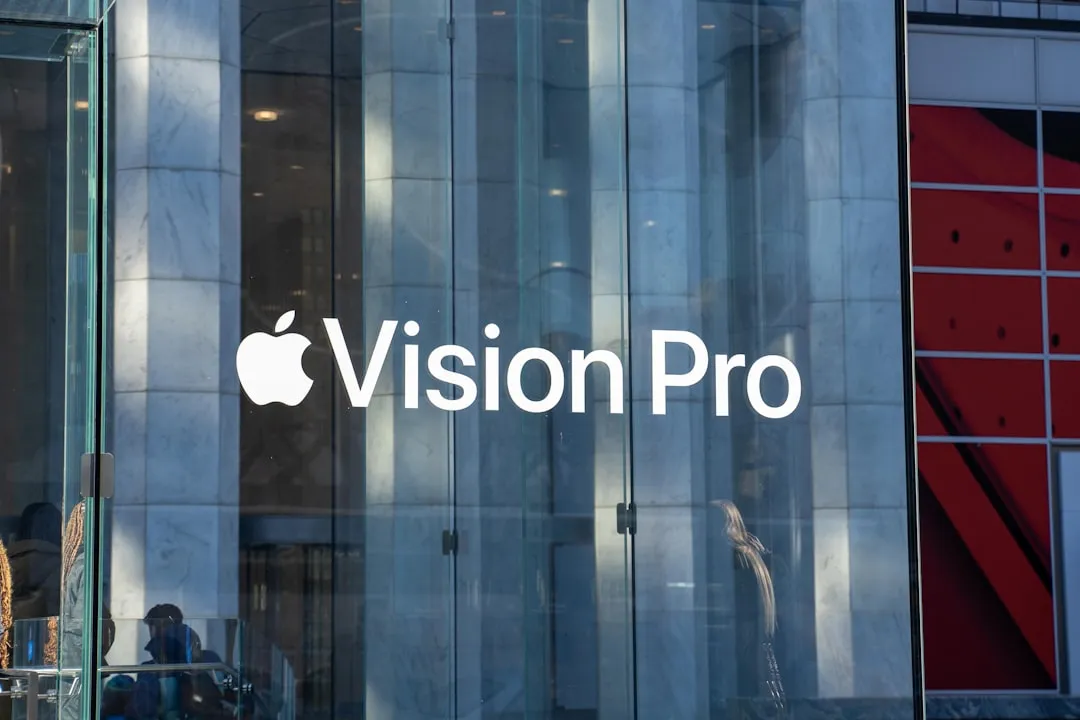


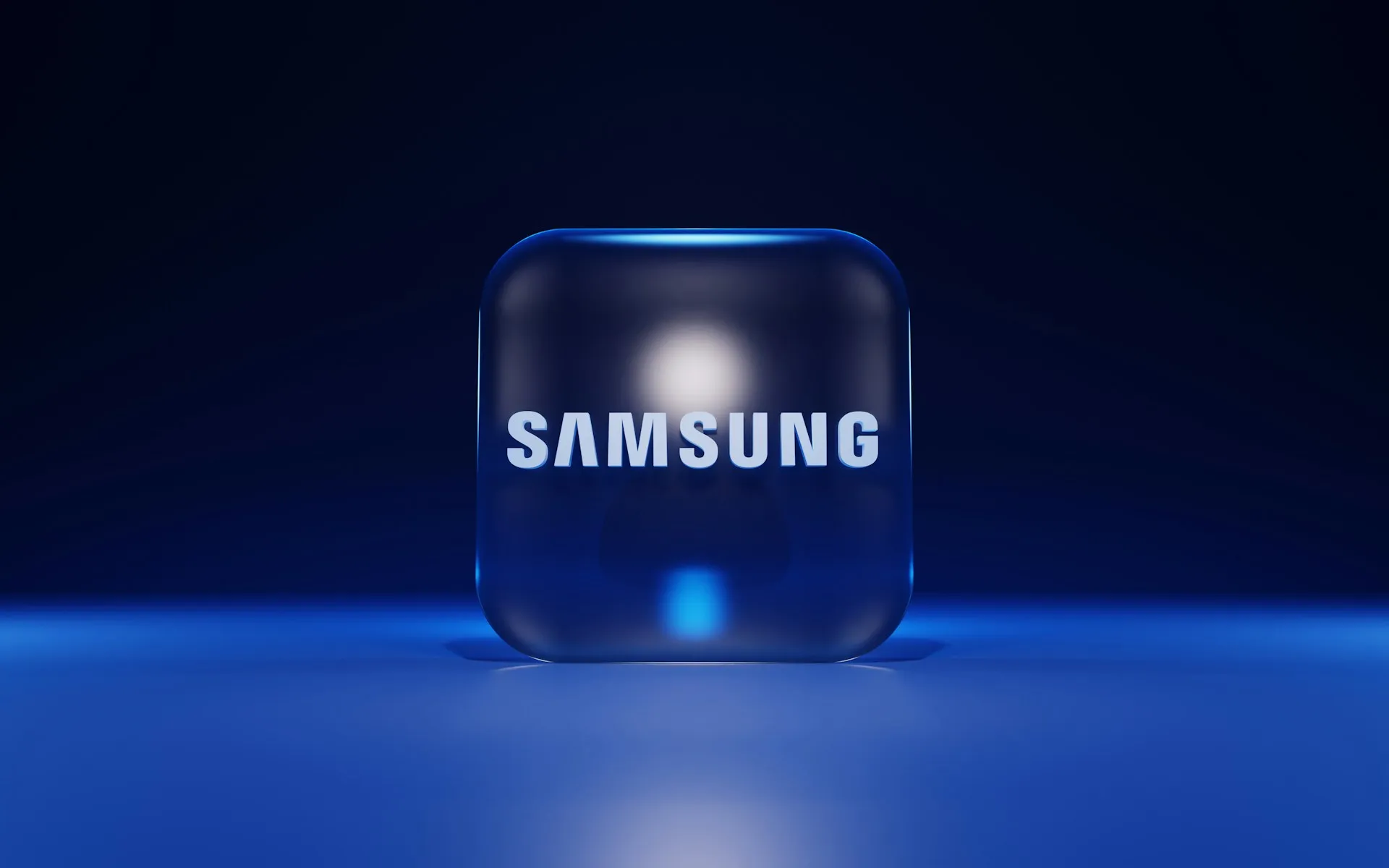

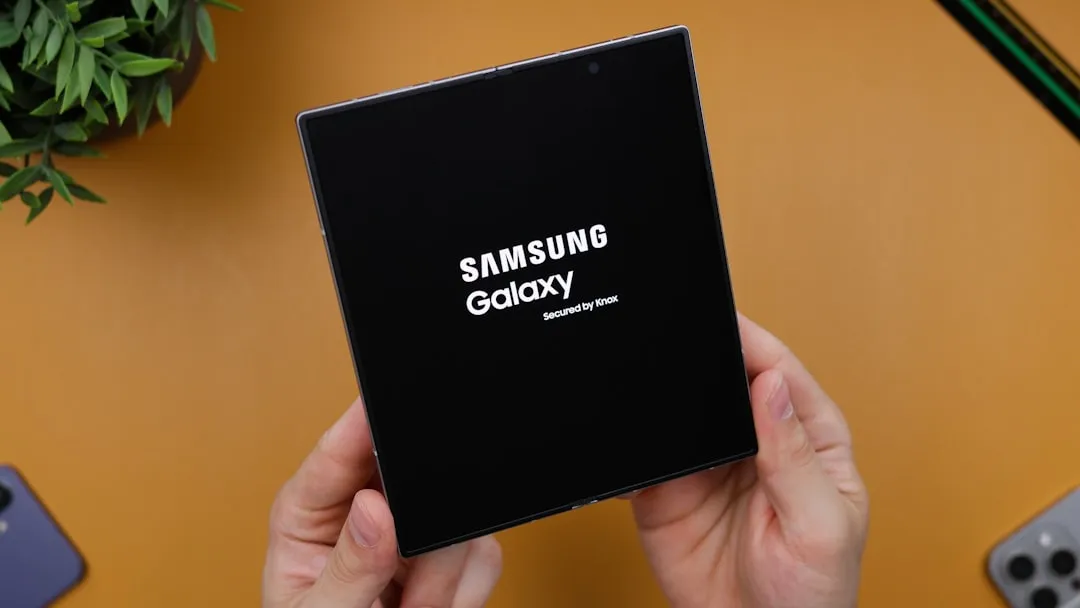

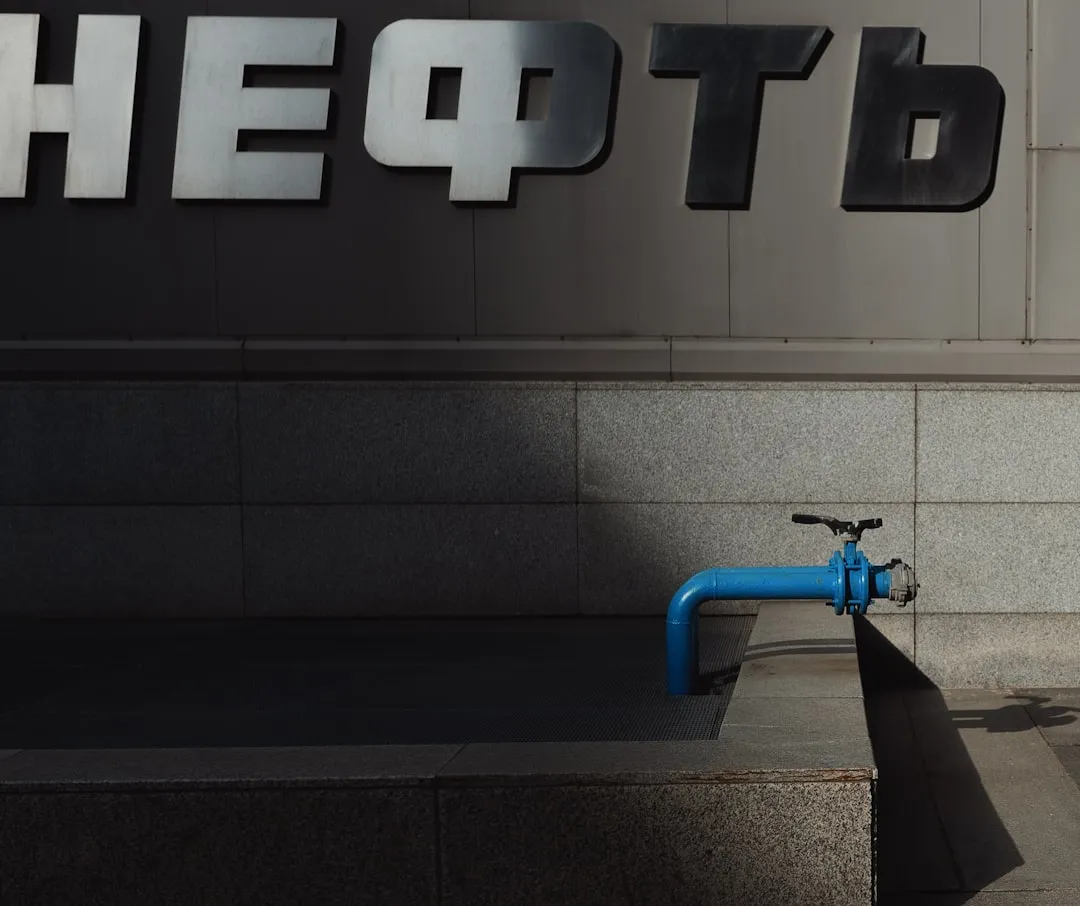

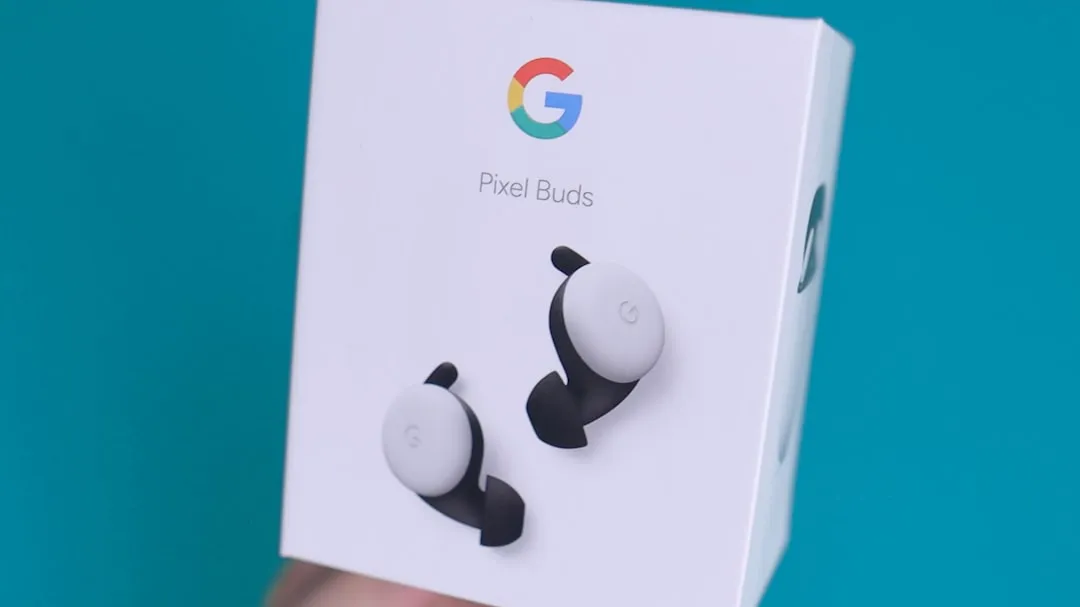
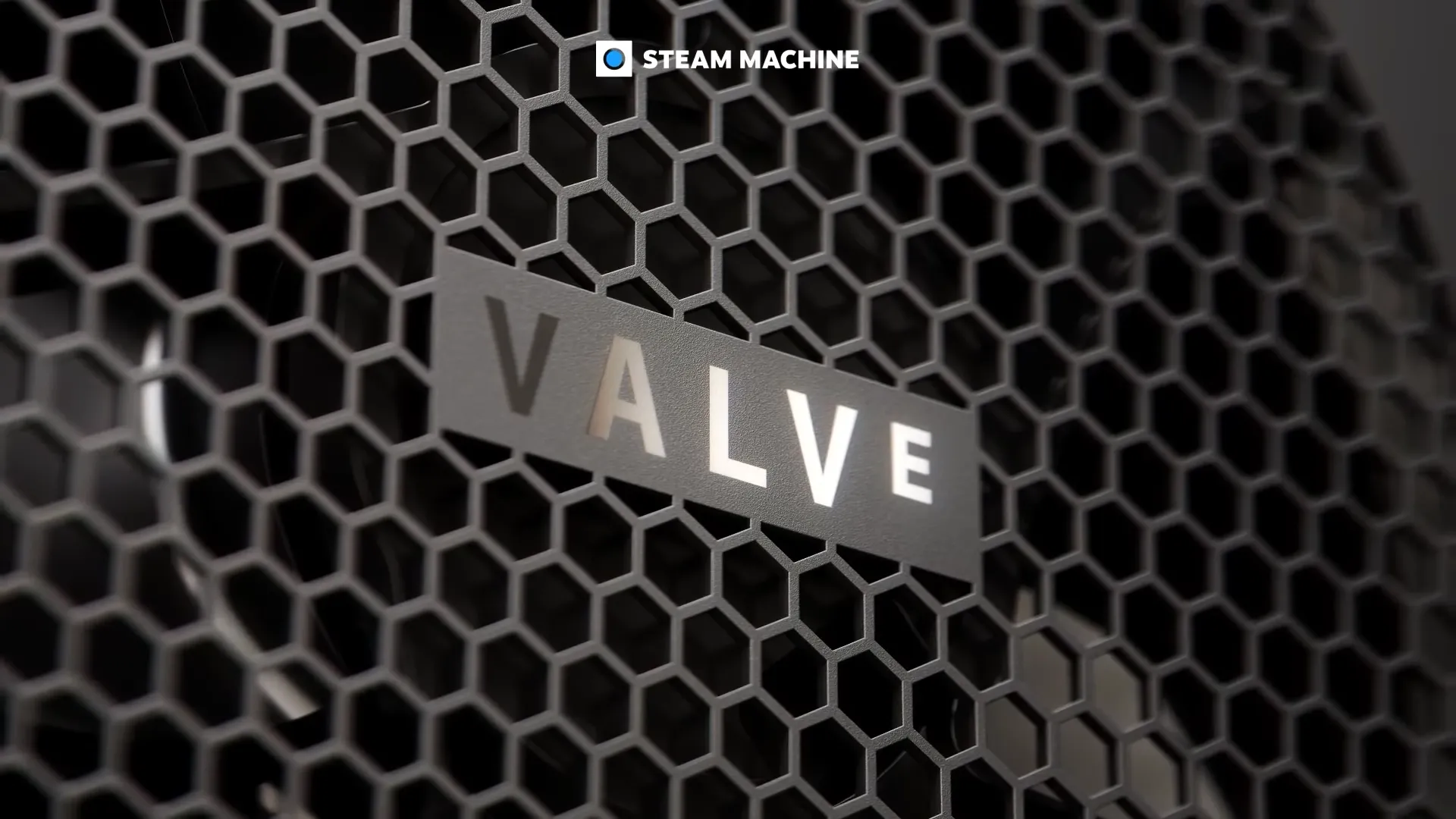
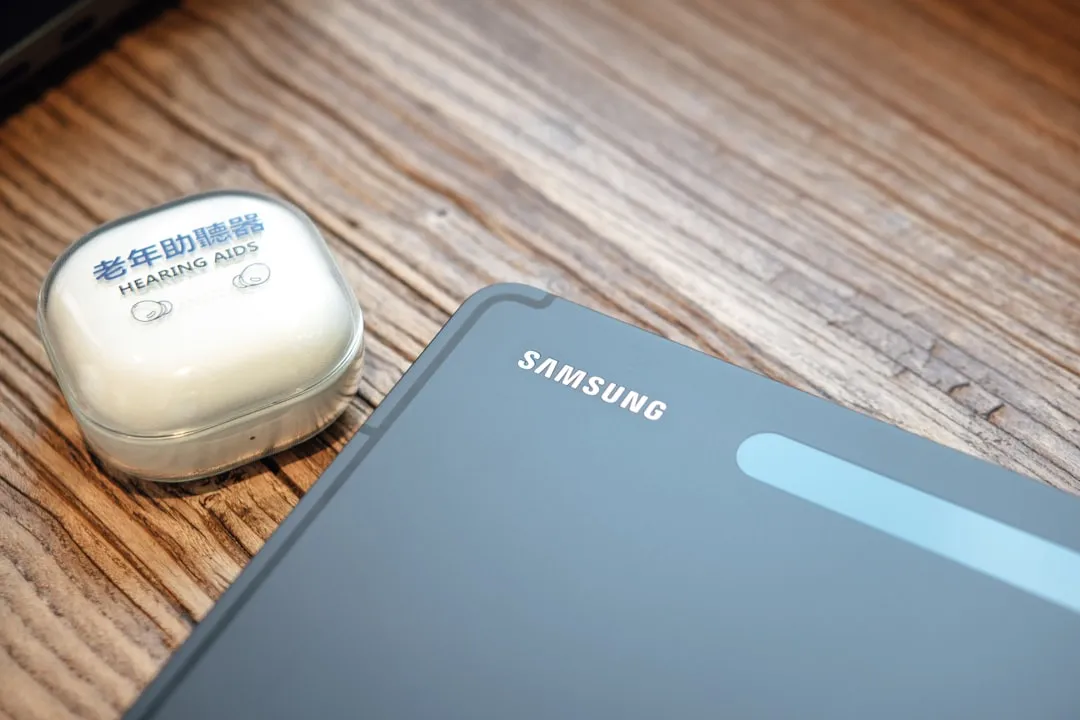

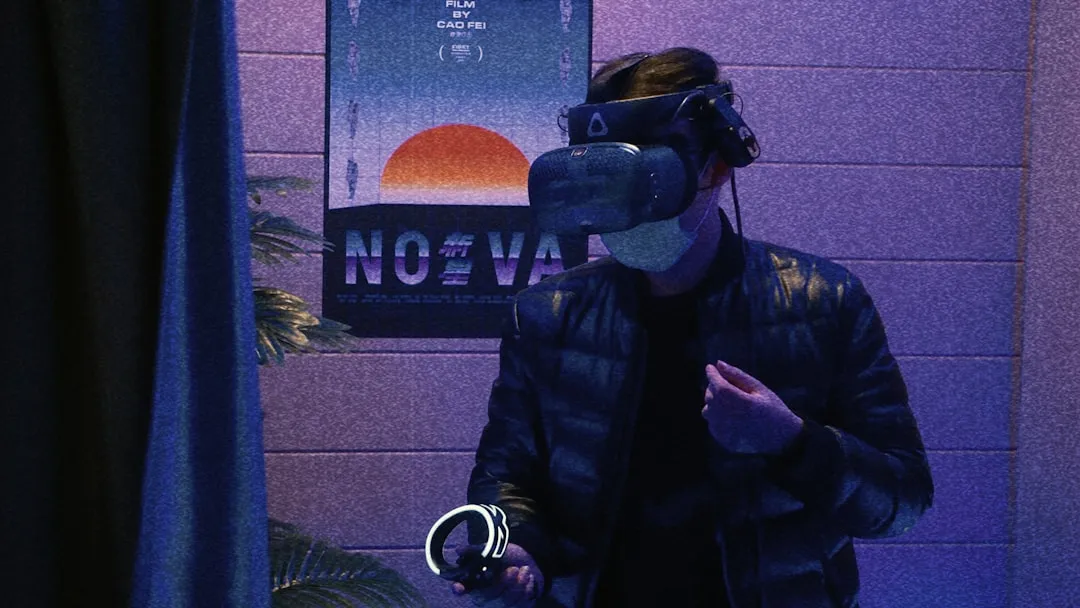
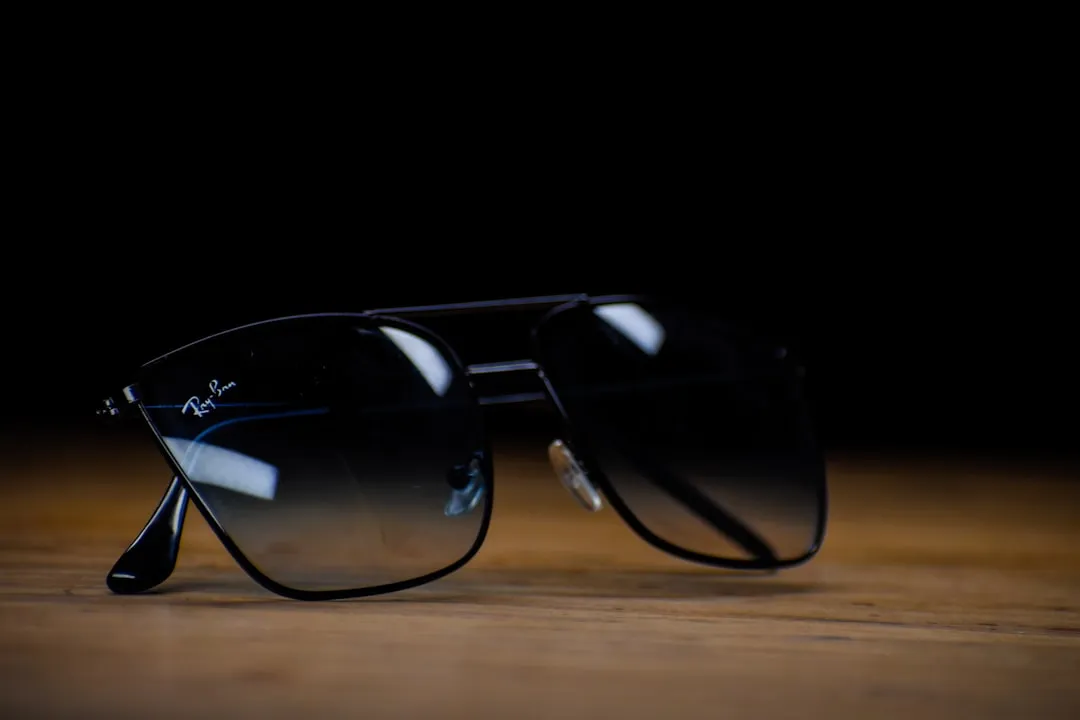
Comments
Be the first, drop a comment!